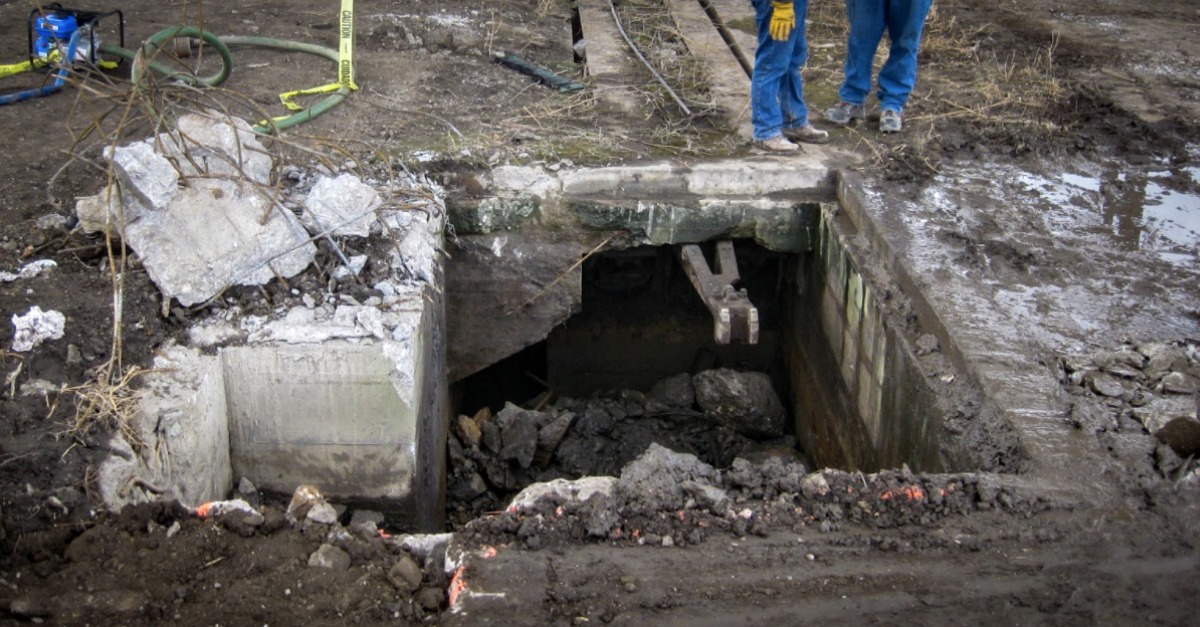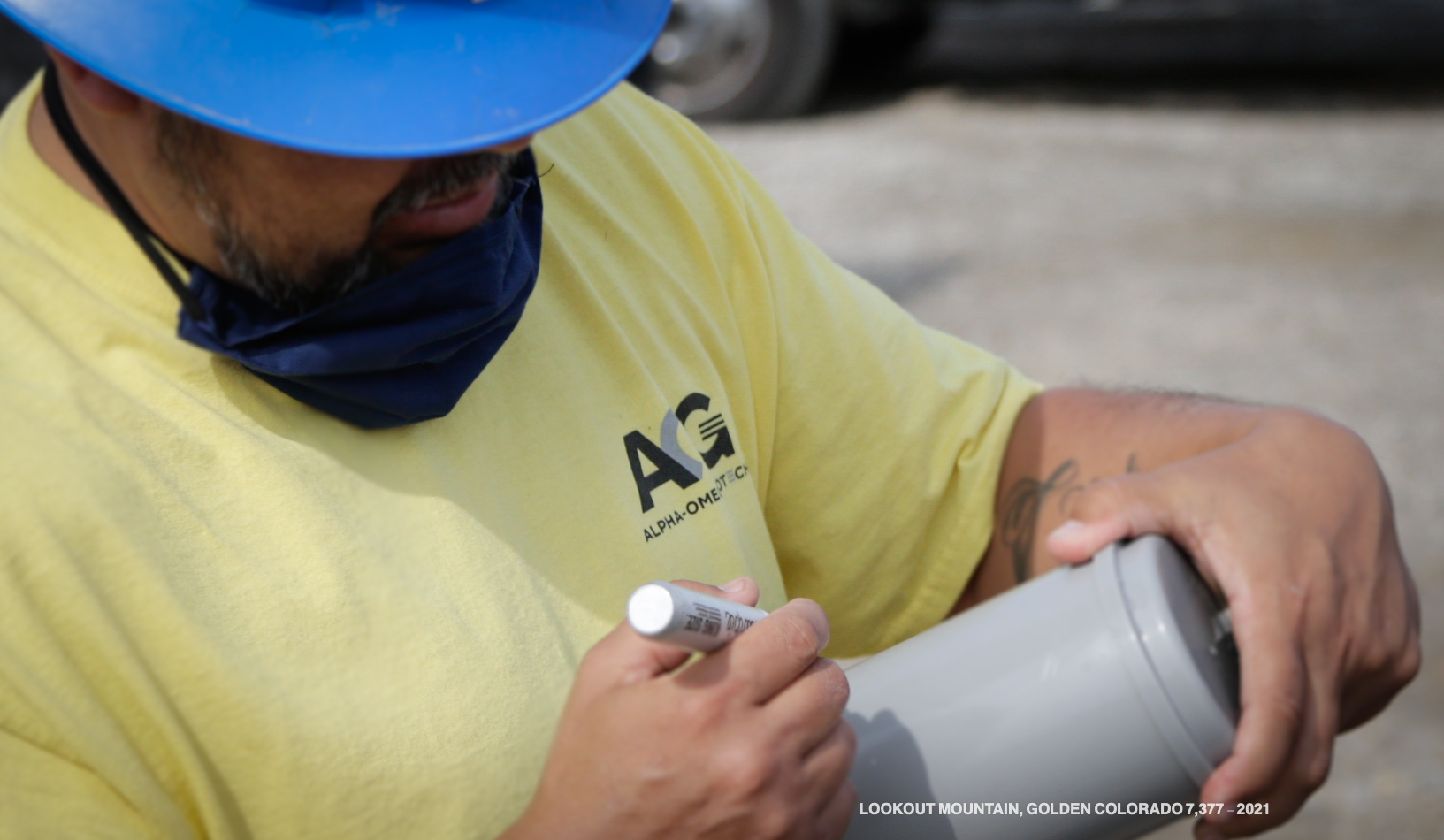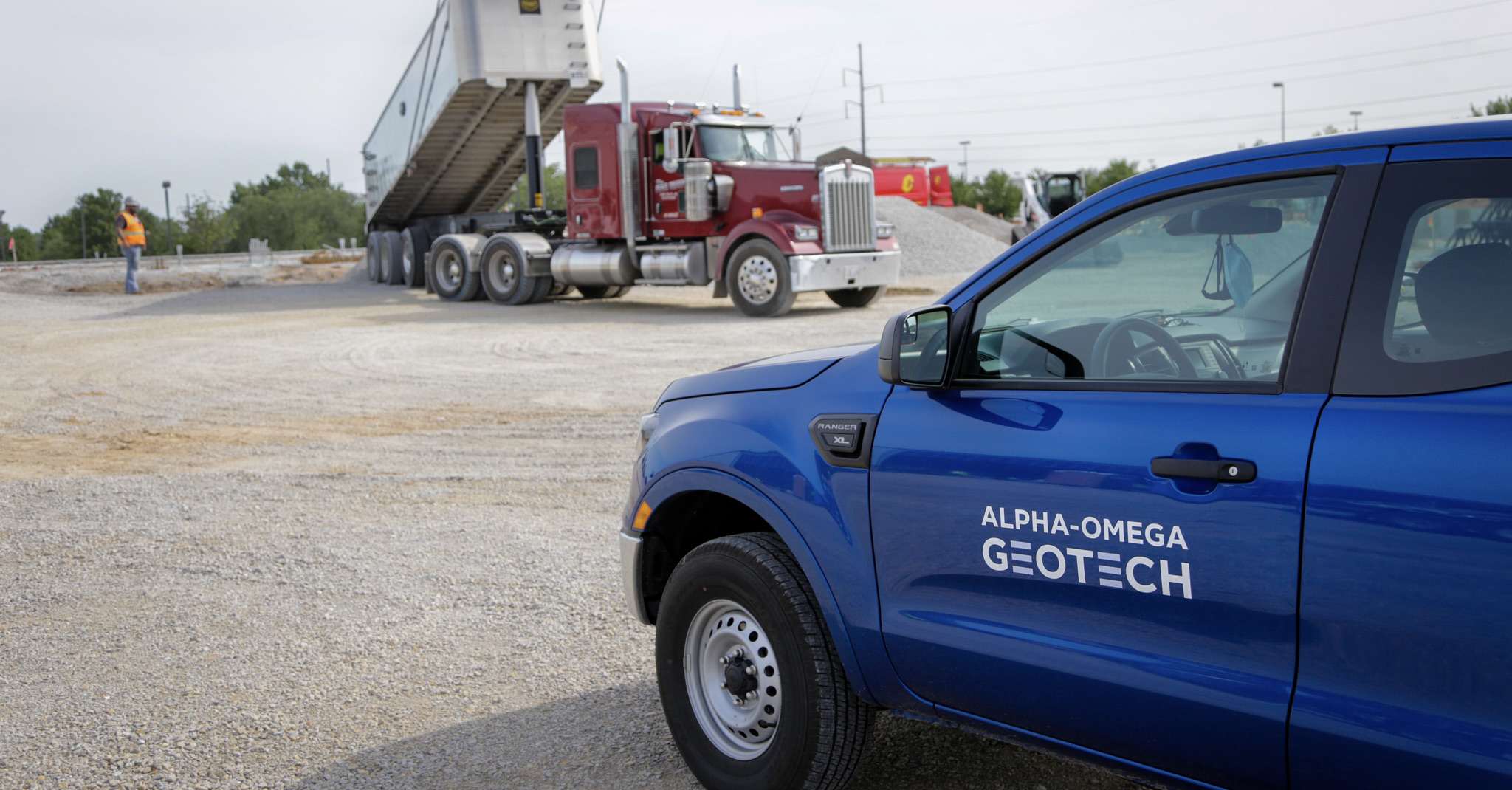As many of our project partners will tell you, smart construction of industrial facilities involves more than a geotechnical report. Here’s why you want a geotechnical contribution that’s bigger than a piece of paper.
Surprises After the Report.
Unless you can afford the rare luxuries of previously untouched soil in a highly predictable subgrade, your industrial facility will likely be built on ground that requires a closer look. Many industrial projects take place in traditional industrial areas with histories that include different companies performing different work across Kansas City’s different eras. A straightforward geotechnical investigation will offer up essential clues about what lurks below, but you can’t know all the details until you really dig in.
Old industrial areas of Kansas City have been through the wringer. Many go back a century or more to the early days of steel production and foundry operations. Whether you’re constructing a warehouse, distribution center, or manufacturing facility, you can expect surprises beneath the surface that may significantly impact build plans.
Legacy structures, tree trunks, concrete chunks, and giant metal scraps are all common underground in industrial areas of Kansas City and can be buried deep. Their mere presence, plus their potential to shift and collapse, can compromise the strength and stability of soil intended to support heavy industrial facilities.
 Piles of Industrial concrete, wood debris, and machine pieces pulled out of industrial subgrade.
Piles of Industrial concrete, wood debris, and machine pieces pulled out of industrial subgrade.

Undocumented underground rooms discovered on old steel mill property.
Some geotechnical firms will deal with the unknown by simply skipping the challenge and getting rid of questionable material all at once. They’ll recommend the comprehensive export and replacement of several feet of surface material. However, that’s a broad stroke that doesn’t come cheap. In fact, costs can run so high that they can even end a project. The truth is exporting isn’t always the only option.
Geotechnical engineers with a deeper commitment to a project and the right experience may propose a less expensive approach that involves working around buried obstacles or removing them one by one as crews come across them. Carefully patching together a strong, stable subgrade is often possible without busting a project budget. The key is partnering with veteran engineers who know how to navigate industrial brownfields and devote themselves to remaining actively engaged in an ongoing project.
Shifting Conditions.
Industrial areas are commonly located near rivers where the early days of industry relied heavily on ships and barges. These areas continue to be hubs of industrial activity today. A geotechnical report will get a good grip on a river’s influence on a planned build site, but knowing what to expect and then actually dealing with it during construction can be two different things.
The river itself can suddenly rise, depending on weather and the time of year, leaving a poorly timed project underwater. Even if you’re able to dodge that risk, a water-logged subgrade extending hundreds, or even more than a thousand feet from a river, can still bog down your construction effort. Water flowing underground toward the river may pour into excavated sites faster than gravel or other material can be inserted to keep it out.
 Excavation reveals a water-logged underground hundreds of feet from a river.
Excavation reveals a water-logged underground hundreds of feet from a river.
Construction teams working near rivers find a substantial advantage in sticking close to geotechnical engineers as building continues. Long after a geotech report is filed, geotech engineers can provide critical guidance as conditions change and become touch-and-go. AOG engineers have been called back to project sites to re-evaluate everything from muddy subgrade drenched by downpours to underground water above the water table threatening to push the limits of pumping equipment.
Inspections Pointing to Adjustments.
Few things go exactly as planned and of course, a construction effort is no different. When special inspections teams move in to observe, document, and validate the construction of an engineering plan, glitches pop up. Areas of soil aren’t as strong as expected, constructed materials or strategies don’t fully overcome a challenge, or simply, mistakes are made.
Geotechnical engineers working closely with their field techs can pivot thinking to tackle the unforeseen before it has a chance to evolve into a serious project setback. Experienced engineers are always ready with a ‘plan B’ when curveballs raise questions during construction. A proven track record working in industrial areas riddled with brownfield obstacles, tortured soil, and river complications, can become as valuable as a geotechnical report itself when project teams suddenly find themselves at a crossroads.
 Geotechnical engineers and their field techs are invaluable in touch-and-go situations.
Geotechnical engineers and their field techs are invaluable in touch-and-go situations.
It’s easy for geotechnical firms to fall into a groove of investigating, reporting and moving on. Larger firms especially, resist investing themselves in a project much more than the delivery of an upfront report. In fact, larger firms will sometimes even refer complicated projects to smaller, more nimble teams like ours at Alpha-Omega Geotech. They know that when you’re dealing with repurposed subgrade in an industrial area, a report alone won’t likely provide all the answers you need, and an ongoing partnership will be necessary.
A geotech partner who stays with the project and the project team as construction is carried out, plays a valuable role in helping everything stay on track and within budget. Make sure the geotech partner you choose is willing to stick around for the long haul, and you’ll open the door to real-world efficiencies that make a difference far beyond a report.


